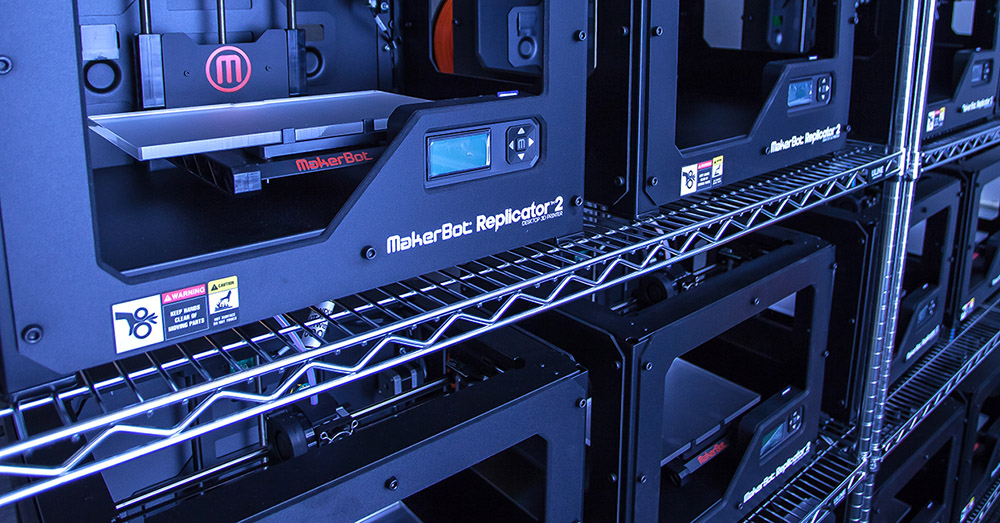[soundcloud url=”https://api.soundcloud.com/tracks/156705868″ params=”auto_play=false&hide_related=false&show_comments=true&show_user=true&show_reposts=false&visual=true” width=”100%” height=”450″ iframe=”true” /]
I am, right now, typing on my Samsung Galaxy protected by a plastic case that I bought on Canal Street in New York City for $13 this spring. And this replaced the previous protective case I had bought for $34 plus tax at Best Buy last summer.
So I’ve spent a little more than $57 in the past 12 months on plastic phone cases. But this may change.
In the late 1990’s, Napster changed the music industry forever. With one simple click, you could have any song in the world, for free, on your computer, to listen to at home.
And even though Napster didn’t last long, it changed the music industry forever. Something that listeners used to have to purchase in physical form—a CD or cassette tape, for you old-timers—could be digitally shared and listened to.
Today, a new Napster is about to emerge, but this time instead of sharing music, users can share physical, tactile, real manufactured goods via 3D printing.
Joseph Storch, an attorney for the State University of New York who authored a recent thesis on 3D printing’s impact on consumer markets published in the New York University Journal of Intellectual Property and Entertainment Law, says that this verging technology will present very interesting challenges for manufacturers and retailers alike over the next few years.
“If you’re a manufacturer and you see that your product has gotten to the point where it is the same or cheaper to print that product at home as it is to buy it from you, you can go in a couple different directions,” says Storch.
Those two different directions, according to Storch, are to make copying the designs illegal (which he adds is probably unsuccessful in the long run), or to change your marketing strategy and sell them—just like iTunes sells music instead of the music on CDs—just like the 90’s, with the Napster debacle.
But to fully understand 3-D printing and its potential, we need to know about the technology. Commercial 3-D printers began being used in the mid 1980’s. Just about every major industry uses the technology to build prototypes. The reason 3-D printing is being discussed more now is because in the late 2000’s, many key patents expired. Many individuals across the world worked to create open-sourcing for 3-D printing software and hardware.
Dan Freedman, the Dean of the Science and Engineering Department at the State University of New York at New Paltz, believes that 3-D printing will help change the world in more ways than one.
“Already, people can print structural things: a knee replacement, hip replacement,” Freedman says. “A lot of dentistry is being done with 3D printing.”
Freedman, who helps lead MakerBot’s first-ever 3D printing university partnership at SUNY New Paltz, believes that the opportunities of 3-D printing are endless, and can be life changing.
“For about five bucks of plastic and another five bucks of wire and screws, you can actually build a functional hand,” he adds.
And just like Napster shook up the music industry, there must be an impact of 3D printing on the manufactured goods sector.
Economist Dr. Colin Read of the State University of New York at Plattsburgh:
“Now, we can produce consumer-oriented parts or even industry-oriented parts that are one-off and unique and can be produced at very, very low cost with a minimum of material wasted.”
But it’s not just about the consumer economy. The biggest benefits, says Dr. Read, may lie within the manufacturer’s themselves—namely, prototyping:
“I remember, a decade or two ago, talking to an individual who was hired as a prototyper and it would take him weeks upon weeks to do this mock-up, which can now probably be done in an hour or two,” Read says.
And like all inventions, there is a certain amount of economic consequences for supply and demand. In this case, labor currently used in the manufacturing of some of these consumer products may be displaced. But, that’s not necessarily a bad thing. Dr Read again:
“This frees up labor and shows if there is a more efficient, a better way to do something, that labor is then freed up to be used in some place that is more essential in the economy.”
And thesis author Joe Storch agrees with Dr. Read’s vision. Storch says this whole activity of economic change will be swift and compartmentalized through different markets.
“Pretty much the same thing that you can get in the stores–they shift from having a monopoly: where either you get [it] in the stores or you go without–to being as part of a market,” Storch says. “If they continue to charge much more than people would pay printing it at home, then people will choose to print it at home.”
But just like any other disruptive innovation, only time will tell exactly how much I will spend—or where I will obtain—my next Samsung Galaxy case.
READ THE THESIS:





I think that the added value brought by the 3d printing industry in so many different fields makes the change, there are risks like printing firearms and guns but the potential is by far greater than any other similar buzz
http://3dprintingpartner.com/
this can be a great opportunity too. the end user is the one buying the plastic. The iphone case designer doesn’t have to buy plastic or ship plastic. S/he doesn’t have to contract with a manufacturer or warehouse hundreds or thousands or tens of thousands of cases. S/he doesn’t have to ship them either. Overhead is lower. S/he can utilize that same technology and print to order for Chris Consumer who doesn’t have a 3-D printer. Wholesaling to a retailer might look like digital photo kiosk, if the print speed was fast enough for people to shop and have it ready by the time they leave. As many opportunities as risks.